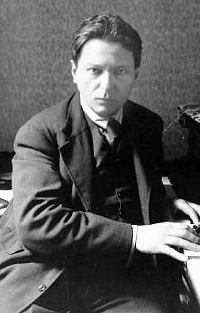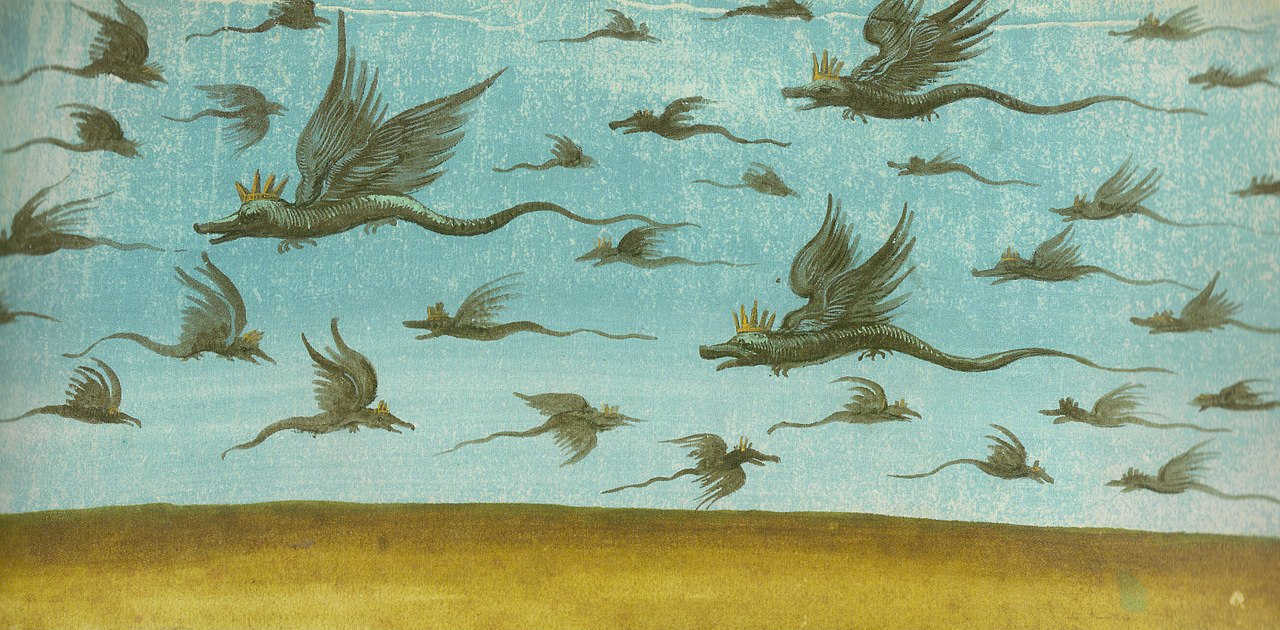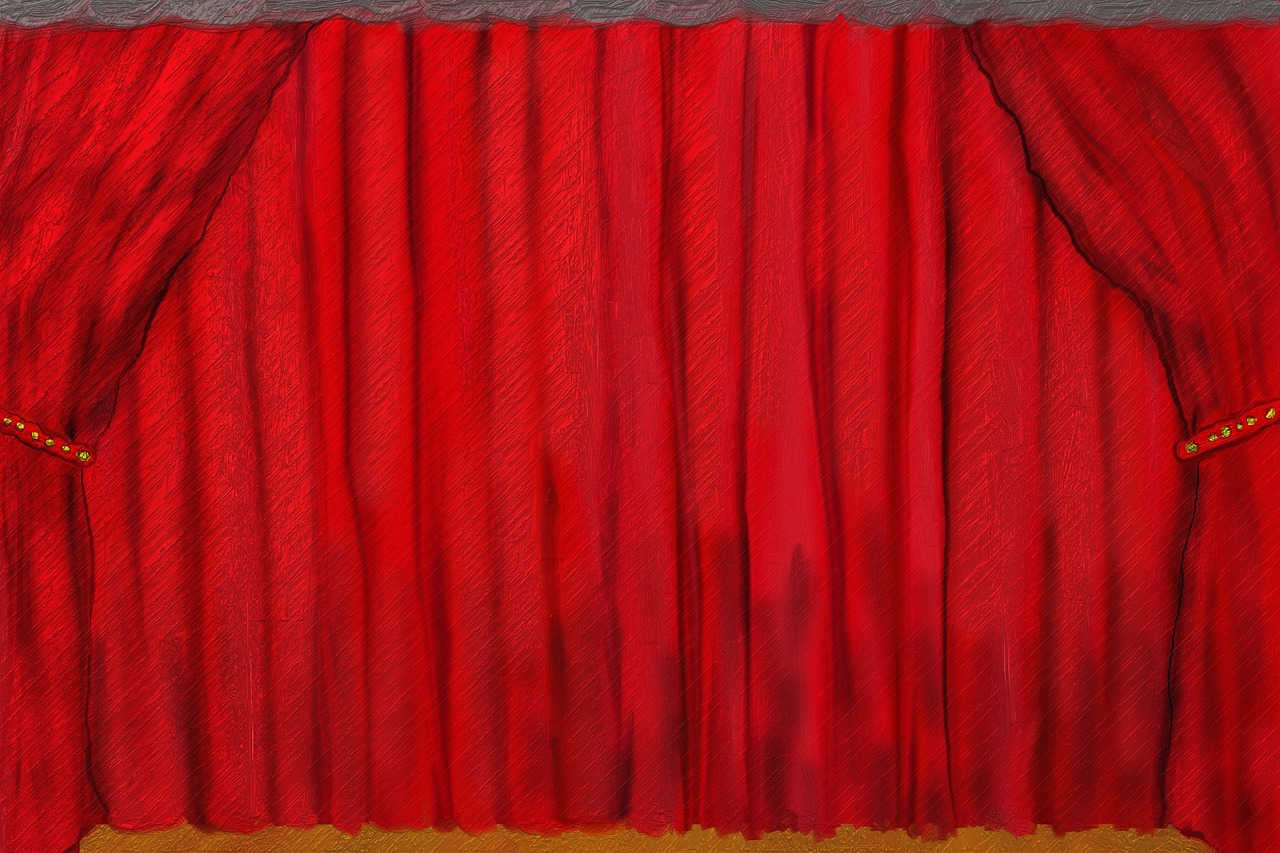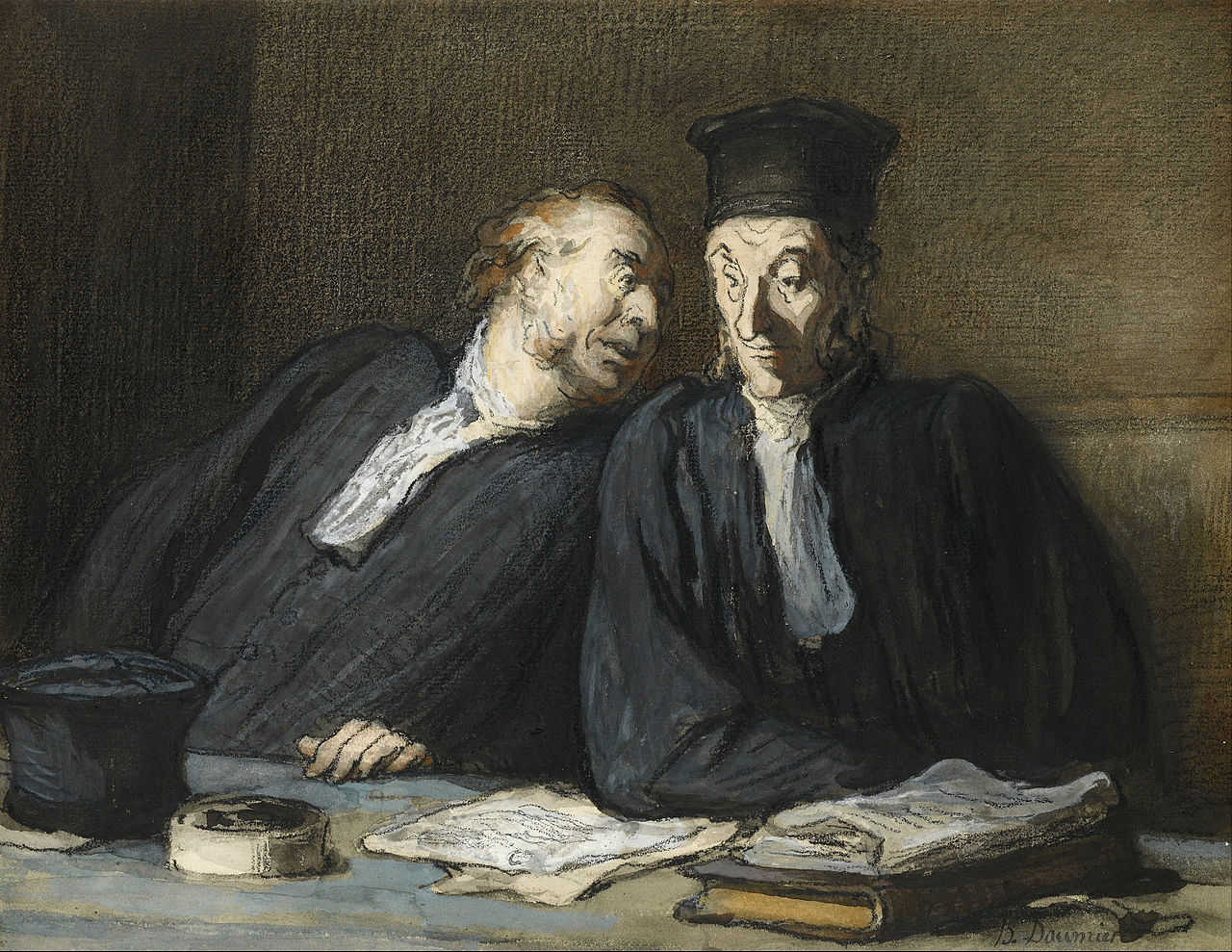In 1966 the Procrastinators’ Club of America marched on Philadelphia’s city hall.
They were calling for an end to the War of 1812.
They succeeded. The club’s newsletter declared that “a treaty has now been signed.”
In 1966 the Procrastinators’ Club of America marched on Philadelphia’s city hall.
They were calling for an end to the War of 1812.
They succeeded. The club’s newsletter declared that “a treaty has now been signed.”

Violinist Georges Enesco was saddled with a poor pupil who eventually wanted to give a recital. Enesco agreed to accompany him on the piano but realized at the last minute that he needed a page turner. He prevailed on Alfred Cortot, who was sitting in the audience. A review the next morning read:
“There was a most remarkable concert last night at the Salle Pleyel. The man who should have been playing the violin was playing the piano, the man who should have been playing the piano was turning the pages, and the man who should have been turning the pages was playing the violin.”
(Likewise: “It is a maxim among practical statisticians that ‘The data you need are not the data you have, the data you have are not the data you want, and the data you want are not the data you need.'” — T.W. Körner, The Pleasures of Counting, 1996)

As an exercise at the end of his 1887 book The Game of Logic, Lewis Carroll presents pairs of premises for which conclusions are to be found:
He gives no solutions, so you’re on your own.

In the 1930s, brothers Homer and Langley Collyer withdrew from society and began to fill their Manhattan brownstone with newspapers, furniture, musical instruments, and assorted junk. By 1947, when Homer died, the house was crammed with 140 tons of rubbish, and Langley had gone missing. In this week’s episode of the Futility Closet podcast we’ll tell the strange, sad story of the Hermits of Harlem.
We’ll also buy a bit of Finland and puzzle over a banker’s misfortune.

C.A. Lejeune wrote of The Iceman Cometh, “It is longeth and it stinketh.”
The New York Post titled its review of a new Clifford Odets play: ODETS WHERE IS THY STING?
Walter Kerr after the Broadway opening of I Am a Camera: “Me no Leica.”
Of a 1920s play whose author happened to be a vicar of Brockenhurst, the Daily Graphic’s critic wrote that it was “the best play ever written by a vicar of Brockenhurst.”
George Jean Nathan on a 1920s musical: “I’ve knocked everything in this show except the chorus girls’ knees, and there God anticipated me.”
Brooks Atkinson on First Impressions, a 1959 musical version of Pride and Prejudice: “Farley Granger played Mr. Darcy with all the flexibility of a telegraph pole.”
Walter Kerr on Jay Robinson in Buy Me Blue Ribbons: “Mr. Robinson has delusions of adequacy.”
John Mason Brown on a 1937 production of Antony and Cleopatra: “Tallulah Bankhead barged down the Nile last night as Cleopatra and sank.”
Nathan on Maureen Stapleton’s opening in 1953’s The Emperor’s Clothes: “Miss Stapleton played the part as though she had not yet signed the contract with the producer.”
Dorothy Parker on a 1931 Empire Theatre production: “The only thing I didn’t like about The Barretts of Wimpole Street was the play.”
George S. Kaufman on Gertrude Lawrence in Skylark: “A bad play saved by a bad performance.”
A critic wrote that that Wilfrid Hyde-White had spent one West End performance “prowling round the stage looking for laughs with the single-mindedness of a tortoise on a lettuce-hunt.”
Max Beerbohm once had to greet a great Edwardian actress after watching her give a tedious performance. Thinking quickly, he said, “Darling! Good is not the word!”
The world’s shortest St. Patrick’s Day parade starts at 11 a.m. today in the Village of Carmangay in Alberta. It should be over by 11:02.
Mayor Kym Nichols told the Calgary Eyeopener, “About 32 years ago, the owner of the hotel, who was Irish, came over to the village office with his shillelagh stick on St. Paddy’s Day and said to the mayor at the time, ‘Why don’t you come across and have a beer with me for St. Patrick’s Day?’ And that started it.”
The Carmangay parade covers less than 100 meters, but Hot Springs National Park in Arkansas holds a 29-meter parade that starts at 7:30 tonight. Presumably there are also quantum parades that are too short to measure.
(Thanks, Dan.)
04/10/2021 UPDATE: Alas, the hotel has now burned down.

Cambridge mathematician Hallard T. Croft once asked whether it was possible to have a finite set of points in the plane with the property that the perpendicular bisector of any pair of them passes through at least two other points in the set.
In 1972 Leroy M. Kelly of Michigan State University offered the elegant solution above, a square with an equilateral triangle erected outward on each side (it also works if the triangles are erected inward).
“Croft is a great problemist,” Kelley said later. “He keeps putting out lists of problems and he keeps including that one. He’s trying to get the mathematical community to get a better example — one with more points in it. … Eight is the smallest number; and whether it’s the largest number is another question.”
So far as I know Croft’s question is still unanswered.

“A lawyer must first get on, then get honor, then get honest.” — Anonymous, quoted in The Book of Insults and Irreverent Quotations
Near the village of Katashina in Japan’s Gunma Prefecture, workers have cut 2,559 grooves into a 175-meter stretch of roadway so that motorists hear the tune “Memories of Summer”:
Japan has now built 30 such “melody roads,” and they’re proliferating. The Singing Road in Anyang, South Korea, plays “Mary Had a Little Lamb”:
And the Civic Musical Road in Lancaster, California, plays the William Tell Overture:
A commenter on the last video wrote, “If you drive it in reverse it says Paul is dead.”
Early American radio producers discovered that they could create a convincing crowd sound by having a group of actors repeat the word walla over and over. This technique is still sometimes used in film and TV productions — besides walla, actors sometimes mutter “peas and carrots,” “watermelon cantaloupe,” “natter natter,” or “grommish grommish.” In Europe the word rhubarb is often used.
British comedian Eric Sykes’ 1980 television special Rhubarb Rhubarb plays with this idea by removing all other dialogue: Sykes relies almost entirely on sight gags, and the scant spoken dialogue consists of people saying the word rhubarb. The 1980 program was a remake of Sykes’ 1969 film Rhubarb, which presses this conceit even further: Everyone says “rhubarb,” all the characters are named Rhubarb, car license plates read RHU BAR B, and a baby speaks by holding up a sign that says RHUBARB. “A visual gag,” said Sykes, “is worth three pages of dialogue.”